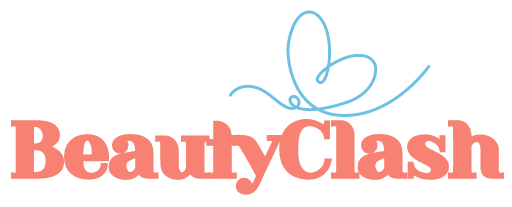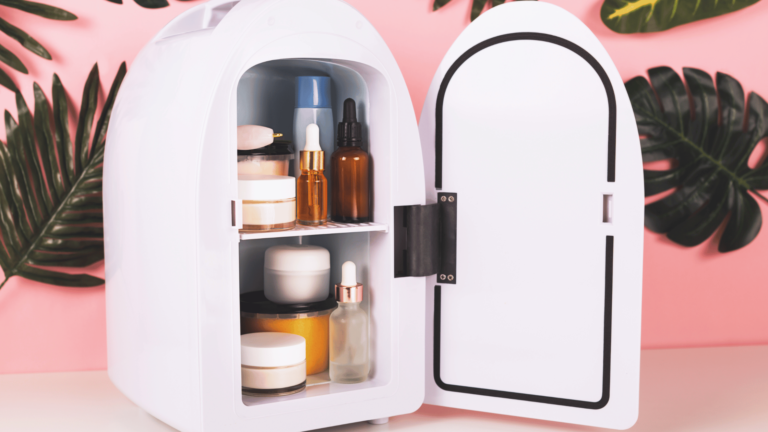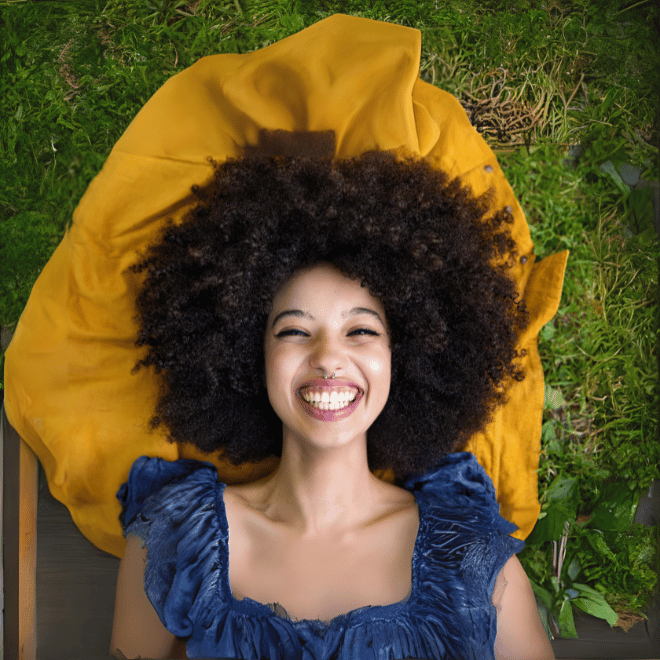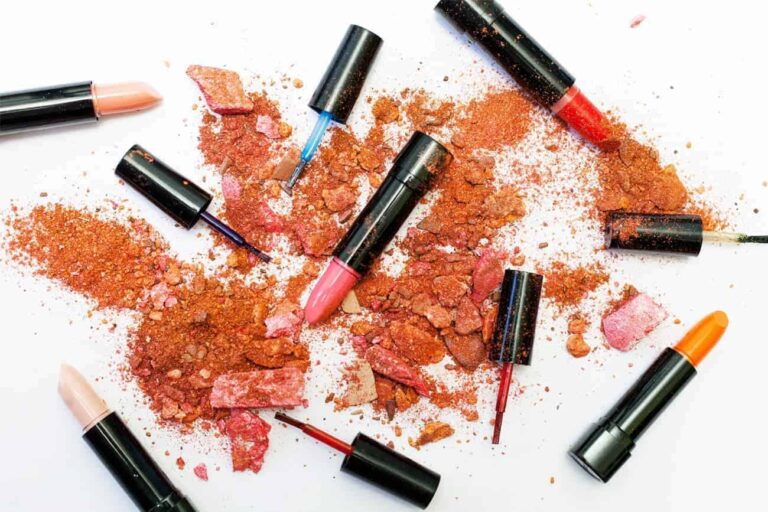Many people dream of having smooth and glowing legs. But getting silky skin involves more than just shaving. To achieve this, exfoliation is important. It helps remove dead skin cells and reveal smooth skin. But how often should you exfoliate your legs without causing harm? This article looks at the science of exfoliation and how often you should do it for soft legs.
What exfoliation does to your skin?
Exfoliation is the process of removing dead skin cells from the surface of your skin. This can be done either by physical exfoliants or chemical exfoliants.
Exfoliating your legs has a number of benefits, including:
- Smoother, softer skin: By removing dead skin cells, exfoliation can help to make your legs feel smoother and softer. This is especially beneficial if you have dry skin or keratosis pilaris (a condition that causes small, rough bumps on the skin).
- Brighter skin: Dead skin cells can make your skin look dull. Exfoliation can help to brighten your skin and give it a more radiant appearance.
- Reduced appearance of cellulite: Cellulite is a common condition that causes the skin to have a dimpled, lumpy appearance. While exfoliation cannot get rid of cellulite, it can help to improve the appearance of the skin by smoothing the surface.
- Improved razor bumps and ingrown hairs: Exfoliation can help to prevent razor bumps and ingrown hairs by removing dead skin cells that can trap hairs.
What’s the Right Frequency to Exfoliate Your Legs?
The right frequency to exfoliate your legs depends on your skin type and how you remove hair:
Skin Type:
- Dry or Sensitive Skin: Exfoliate every other week with a gentle product, like an AHA (glycolic or lactic acid).
- Oily Skin: You can handle a bit more exfoliation, try a BHA (salicylic acid) product once a week.
- Shaving: Shaving itself has an exfoliating effect, so if you shave daily, avoid exfoliating as often to prevent irritation.
Here’s a general guideline about how often you can exfoliate your legs:
- 1-2 times a week: For healthy skin that doesn’t shave daily.
- Every other week: For dry, sensitive skin or frequent shavers.
Remember, it’s always best to start slow and increase frequency if needed.

Will exfoliating help ingrown hairs?
Exfoliating, when done correctly, can definitely help with ingrown hairs by removing dead skin cells and unclogging pores. This can release trapped hairs and prevent new ones from forming. However, it’s important to use a gentle exfoliant to avoid irritating the skin. Exfoliating can also reduce inflammation and redness from ingrown hairs. Adding exfoliation to your skincare routine can lead to smoother, clearer skin. Chemical exfoliants like AHAs or BHAs can break down dead skin cells, promoting smoother hair growth and reducing the chances of hairs getting trapped under the skin.
How to remove strawberry legs at home with exfoliation?
Exfoliation can be a great way to tackle strawberry legs at home! Here’s a complete guide how to use it effectively:
Exfoliation Routine:
- Dry Brushing (Optional): Before showering or bathing, try dry brushing your legs with a soft-bristled brush. Loofah can also be used for this purpose. This helps loosen dead skin cells and improve circulation.
- Warm Shower/Bath: Soak your legs in warm water for 5-10 minutes. This softens the skin and makes exfoliation more effective.
- Physical Exfoliant: Use a gentle scrub like a sugar scrub, oatmeal scrub, or a washcloth. Massage gently in circular motions for 30 seconds to a minute. Avoid harsh scrubbing that can irritate the skin.
- Chemical Exfoliant: Consider a lotion with AHAs (glycolic or lactic acid) for gentle chemical exfoliation. Follow product instructions for application time.
- Rinse and Pat Dry: Rinse thoroughly with lukewarm water and pat your legs dry with a towel. Don’t rub!
- Moisturize: Apply a fragrance-free moisturizer to hydrate and soothe your skin
Tips to exfoliate legs safely
Here are some tips for exfoliating your legs safely and effectively:
- Avoid broken skin: Don’t exfoliate on sunburned, wounded, or irritated skin.
- Skip open pores: If you have open blemishes, avoid harsh exfoliation around them.
- Don’t overdo it: Over-exfoliation can damage your skin barrier.
- Be gentle. Don’t scrub your legs too hard.
- Moisturize after exfoliating. Exfoliation can remove some of your skin’s natural oils, so it’s important to moisturize after exfoliating to help keep your skin hydrated.
- Consult a dermatologist: If you have concerns or very sensitive skin, seek professional advice.
Side effects of over exfoliation
Everything is good when balanced. Here’s what you can expect if you scrub too hard or too often:
- Irritation: This is the most common side effect. Your skin will feel red, itchy, and tight.
- Dryness: Exfoliation removes dead skin cells, but it can also strip away natural oils that keep your skin hydrated. This can leave your skin feeling dry and flaky.
- Increased Sensitivity: Over-exfoliated skin becomes thinner and more vulnerable. It can become sensitive to even the gentlest products and more susceptible to environmental damage.
- Breakouts: Disruption of the skin barrier can lead to breakouts. This is especially true if you have oily or acne-prone skin.
- Inflammation: In severe cases, over-exfoliation can cause inflammation, leading to swelling and discomfort.
What is difference between exfoliation and scrub?
Exfoliation is a broad term for the process of removing dead skin cells from the surface of your skin. It can be achieved through two main methods
On the other hand, a scrub is a type of exfoliation usually physical exfoliant that uses small particles or granules to physically slough off dead skin cells. These granules can be made from various materials such as sugar, salt, or crushed nut shells.
Conclusion – How Often to Exfoliate Your Legs
In conclusion, the frequency at which you should exfoliate your legs depends on your skin type and individual needs. For most people, exfoliating 1-3 times a week is sufficient to maintain smooth and healthy skin. Over-exfoliating can lead to irritation and damage, so it’s important to listen to your skin’s signals and adjust accordingly.
Remember to use gentle exfoliants and moisturize well after exfoliation to keep your skin hydrated and supple. Consult with a dermatologist if you have any concerns or specific conditions that may require a different exfoliation routine. Take care of your skin by finding the right balance in exfoliating for optimal results and overall skin health.






